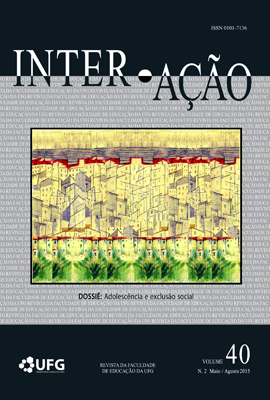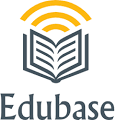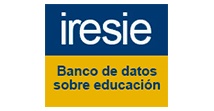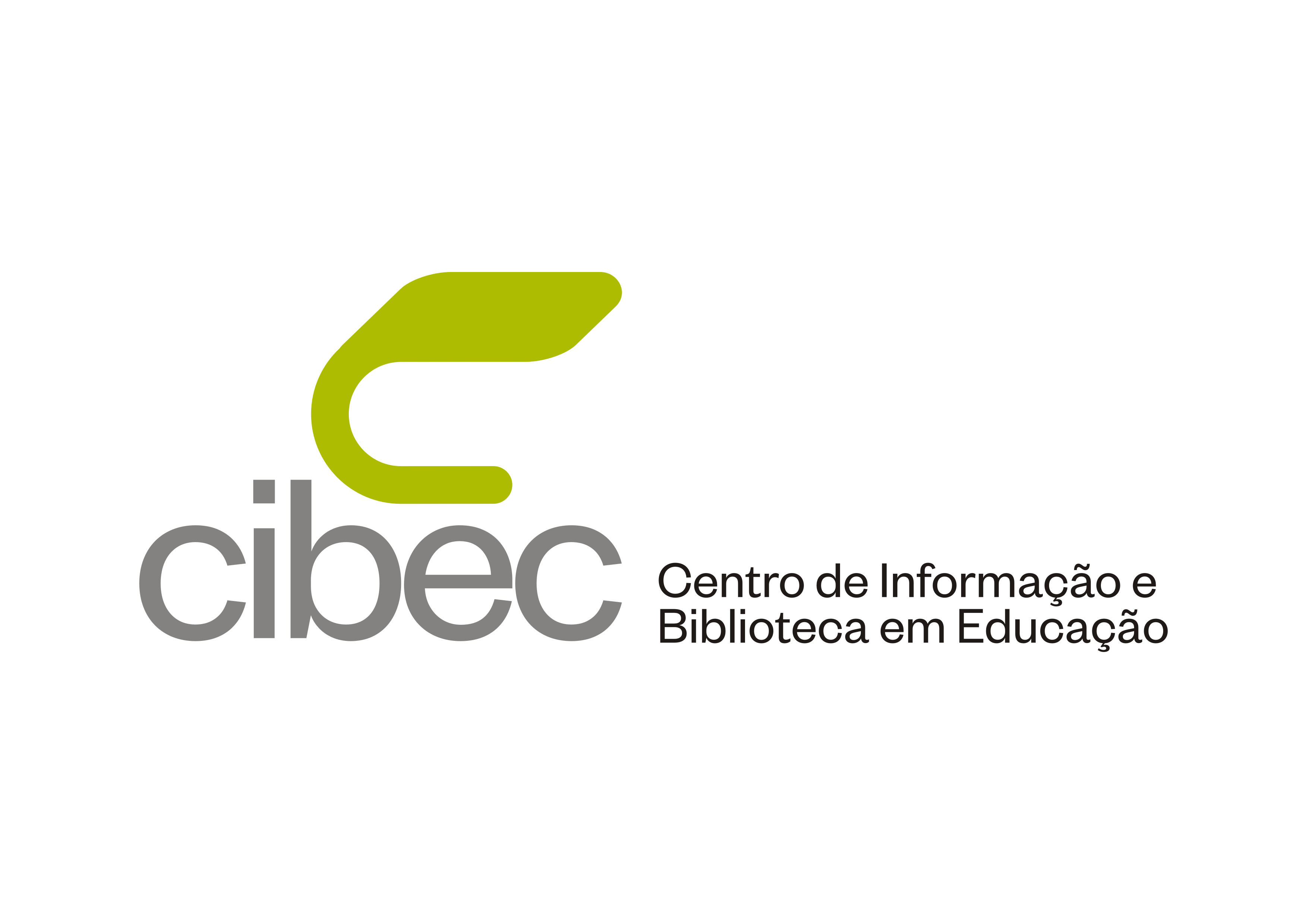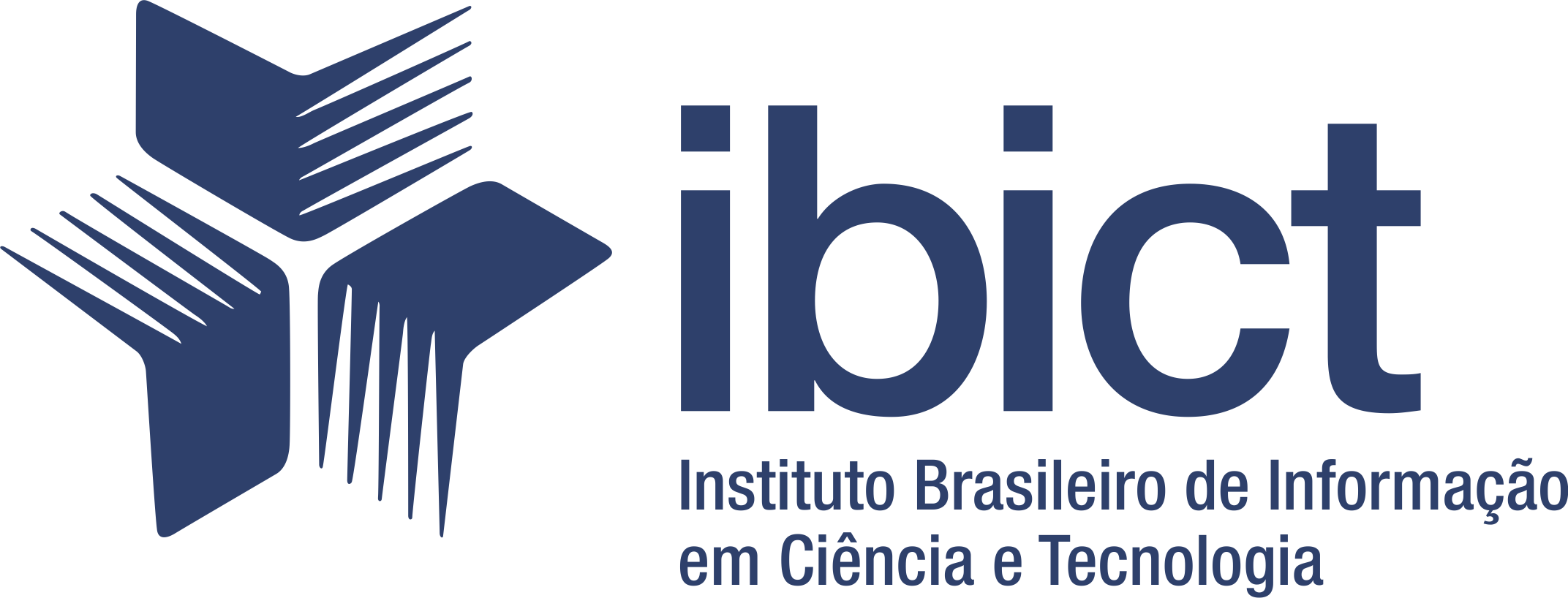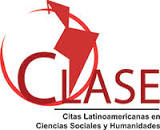AS NARRATIVAS DO MEDO E A CRIMINALIZAÇÃO DA JUVENTUDE: O DISCURSO PUNITIVO CONTRA ADOLESCENTES EM CONFLITO COM A LEI
DOI:
https://doi.org/10.5216/ia.v40i2.32815Keywords:
Maioridade penal, adolescência, criminalização da juventudeAbstract
Neste artigo discutiremos sobre o tema da redução da maioridade penal. Para realizar o estudo tomaremos os dados sobre a participação de adolescentes em práticas criminais no Estado de Goiás nos anos de 2012 e 2013. O objetivo é confrontar a participação concreta dos adolescentes com as narrativas sociais e proposições políticas em favor da redução da maioridade. A partir da leitura dos dados podemos observar uma forte discrepância entre as narrativas que apontam o potencial criminal dos adolescentes e os dados reais. A discussão resulta do diálogo articulado entre resultados de duas pesquisas: 1) Levantamento do Sistema Socioeducativo Municipal em Goiânia; e, 2) Violência Urbana no Estado de Goiás.
Downloads
Downloads
Published
How to Cite
Issue
Section
License
Inter-Ação uses the Creative Commons Attribution 4.0 License for Open Access Journals (Open Archives Initiative - OAI) as the basis for the transfer of rights. Open access means making documents available on the Internet free of charge, so that users can read, download, copy, distribute, print, search, or link to the full text of documents, process them for indexing, use them as input data for software programs, or use them for any other lawful purpose, without financial, legal, or technical barriers.
Authors publishing in this journal agree to the following conditions:
1) Authors retain copyright and grant the journal the right of first publication, with the work simultaneously licensed under the Creative Commons Attribution License, which permits redistribution of the work with attribution and first publication in this journal.
2) Authors are permitted to enter into additional, separate agreements for non-exclusive distribution of the version of the work published in this journal (e.g., for publication in an institutional repository or as a book chapter), with attribution and first publication in this journal.
3) Authors are permitted and encouraged to publish and distribute their work online (e.g. in institutional repositories or on their home page) at any time before or during the editorial process, as this may generate productive changes as well as increase the impact and citation of the published work.

